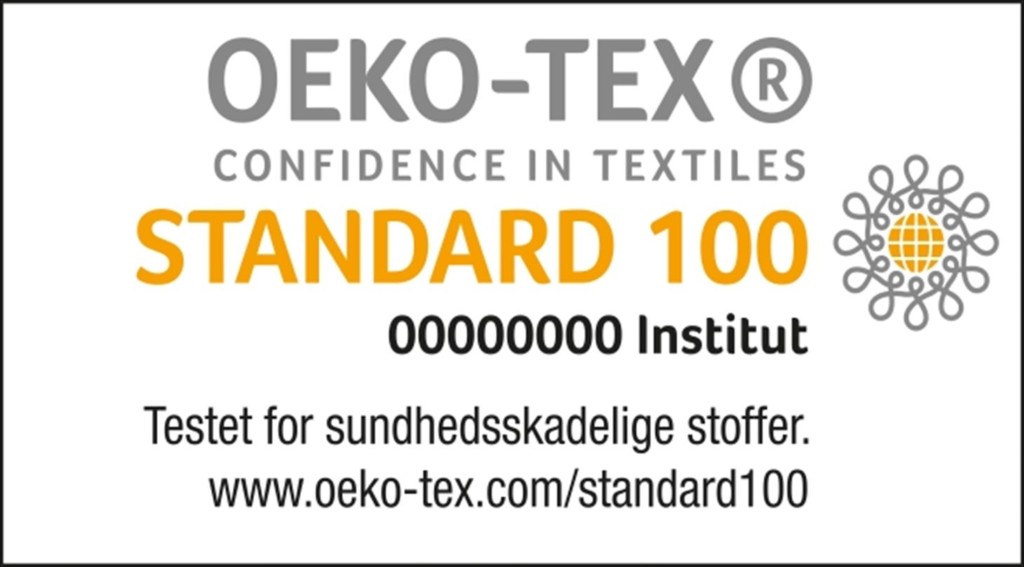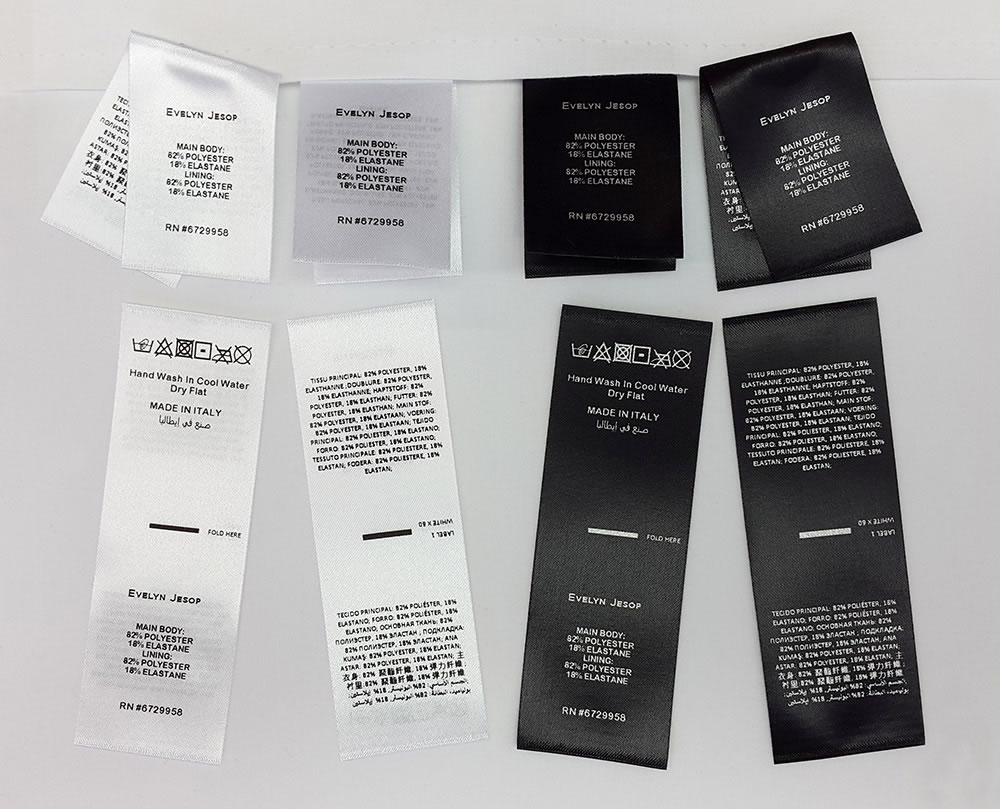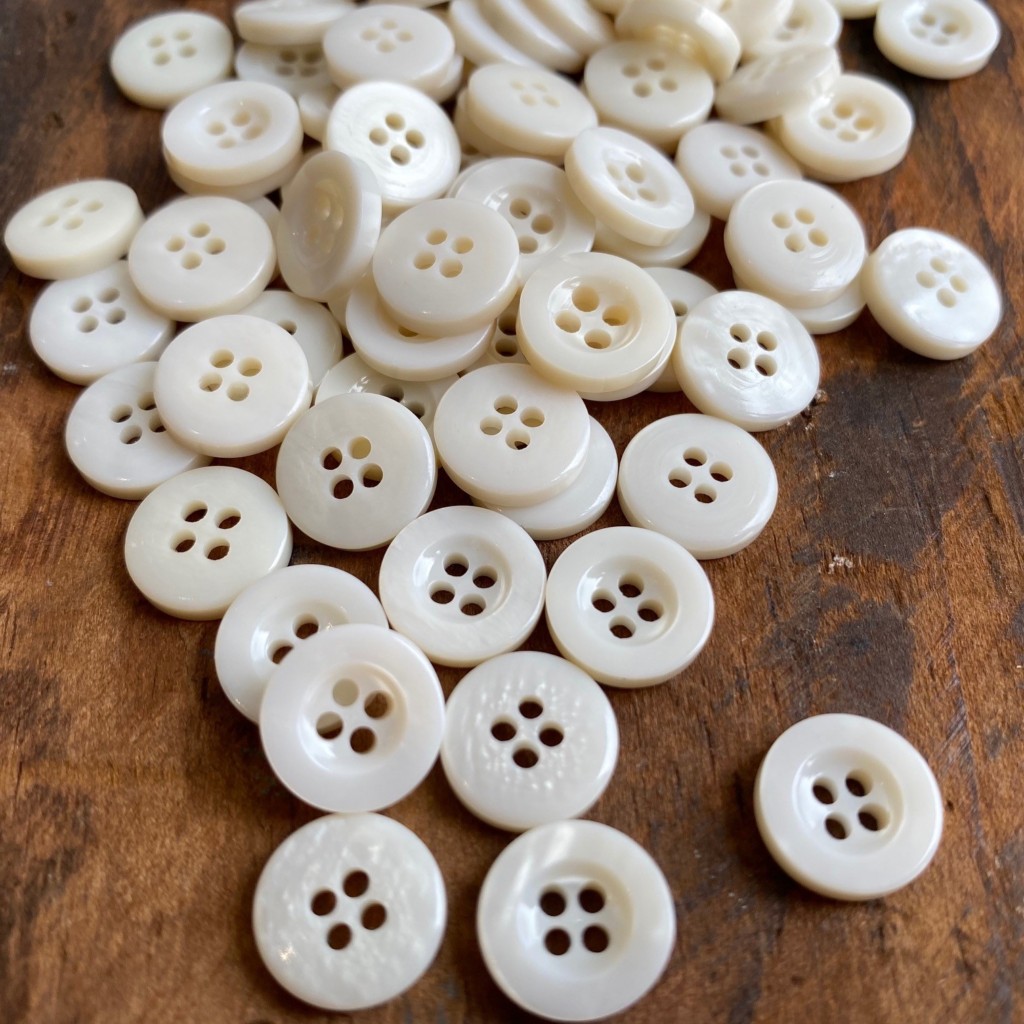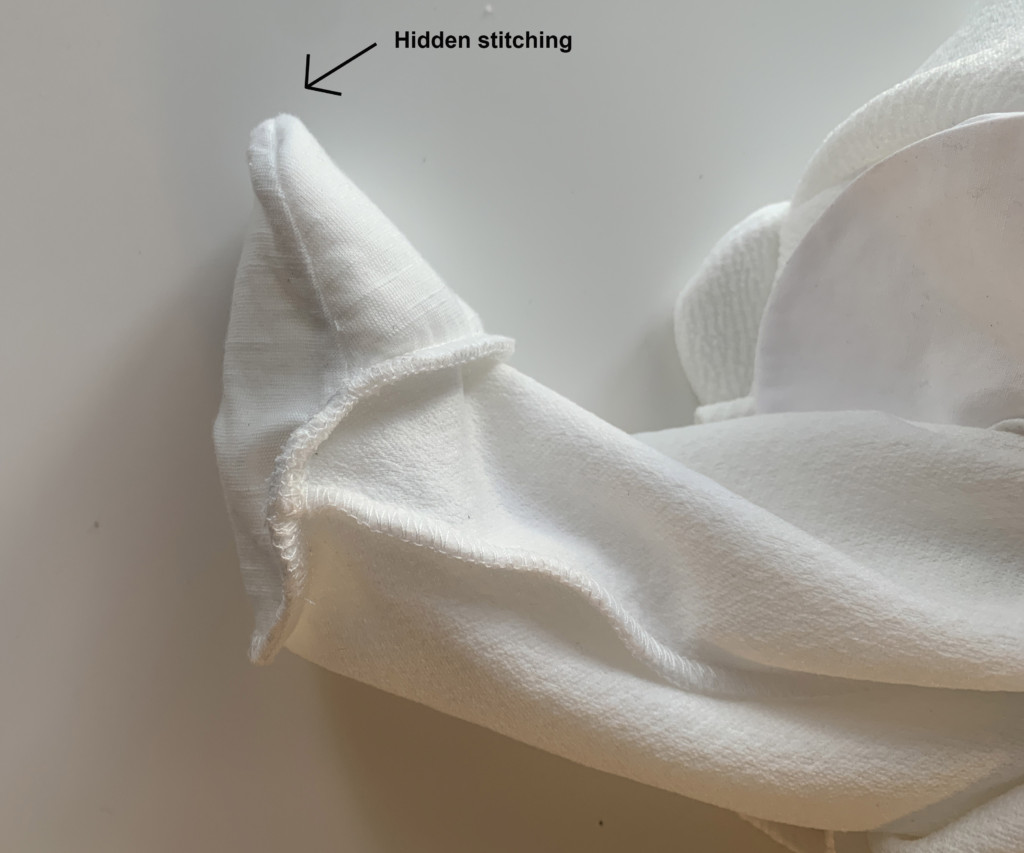There are 8 important considerations when manufacturing baby clothes, largely around health and safety requirements.
1. Fabric
Consider what fabric you are using. Natural fabrics are best, with cotton being most popular in children’s clothing. In particular, OEKO-TEX 100 Standard certified fabrics are popular as they have not been treated with harmful chemicals that could irritate the baby’s skin.

2. Labels
Adding a brand label to your garment is standard procedure however labels in the back of babies’ garments can irritate their skin. Woven labels that look more premium, are often the worst culprits for leaving a red rash at the back of the neck. It is recommended to either use a satin polyester printed label, as this is a soft option, or chose a different location for the label that avoids touching the baby’s skin.

3. Zips
Zip’s are less common in babies clothes but when they are used, it is important to include a zip guard, so that little fingers can’t get trapped or a baby can’t pull the slider down.
4. Poppers
Poppers are the most common fastener, used for rompers, baby grows, sleepsuits, body vests and other garments that require openings. When choosing suitable poppers, ensure these are always nickel-free poppers as nickel can irritate a baby’s skin.
5. Drawcords
There are very strict health and safety regulations around drawcords in baby clothing. There should be no drawstrings or cords in the hood or neck area. Drawstrings or costs on the waist area must be secured into the garment so they cannot be separated from the product. They must be no longer than 14cm.* This is to reduce the chances of suffocation.
6. Buttons
As buttons are stitched onto garments, there is a risk that the stitching will come loose, and the button will fall off. This poses a choking hazard to a baby. When designing a baby product, first decide whether it is necessary to have buttons on the garment. If it is integral to the design, it is important to do a pull test on the button to guarantee a secure attachment. These are usually inexpensive – around £30 at the time of writing this post.

7. No removable items
Sometimes it is tempting to add gimmicks to baby clothing e.g. Velcro attached features. However, these have safety risks and it is important to ensure that everything is secured down to keep the baby from harm.
8. Stitching
Watch out for loose threads! In sleepsuits and rompers, and any other garment that has feet, there is usually a seam that runs near the baby’s toes. Bag out (double) the feet so that the stitching is hidden between the two layers of fabric. This will prevent any loose threads wrapping around the baby’s toes and stopping circulation.

Although we have listed 8 important considerations when manufacturing baby clothes, there are many others that are worth thinking about. Should you have any concerns or questions related to baby clothing, please get in touch for a free consultation.
*It is recommended that you do your own research in relation to health and safety regulations as these may change and can vary from product to product. For further information related to regulations, click here







